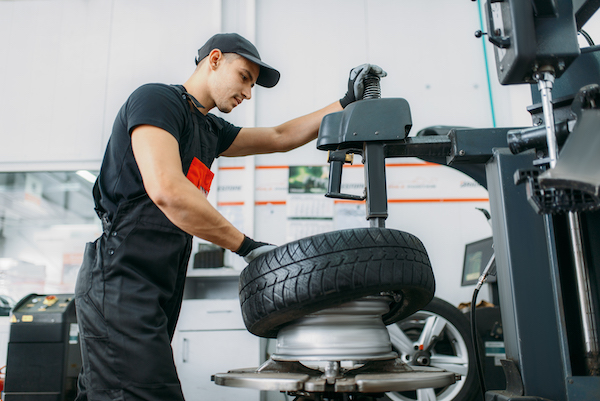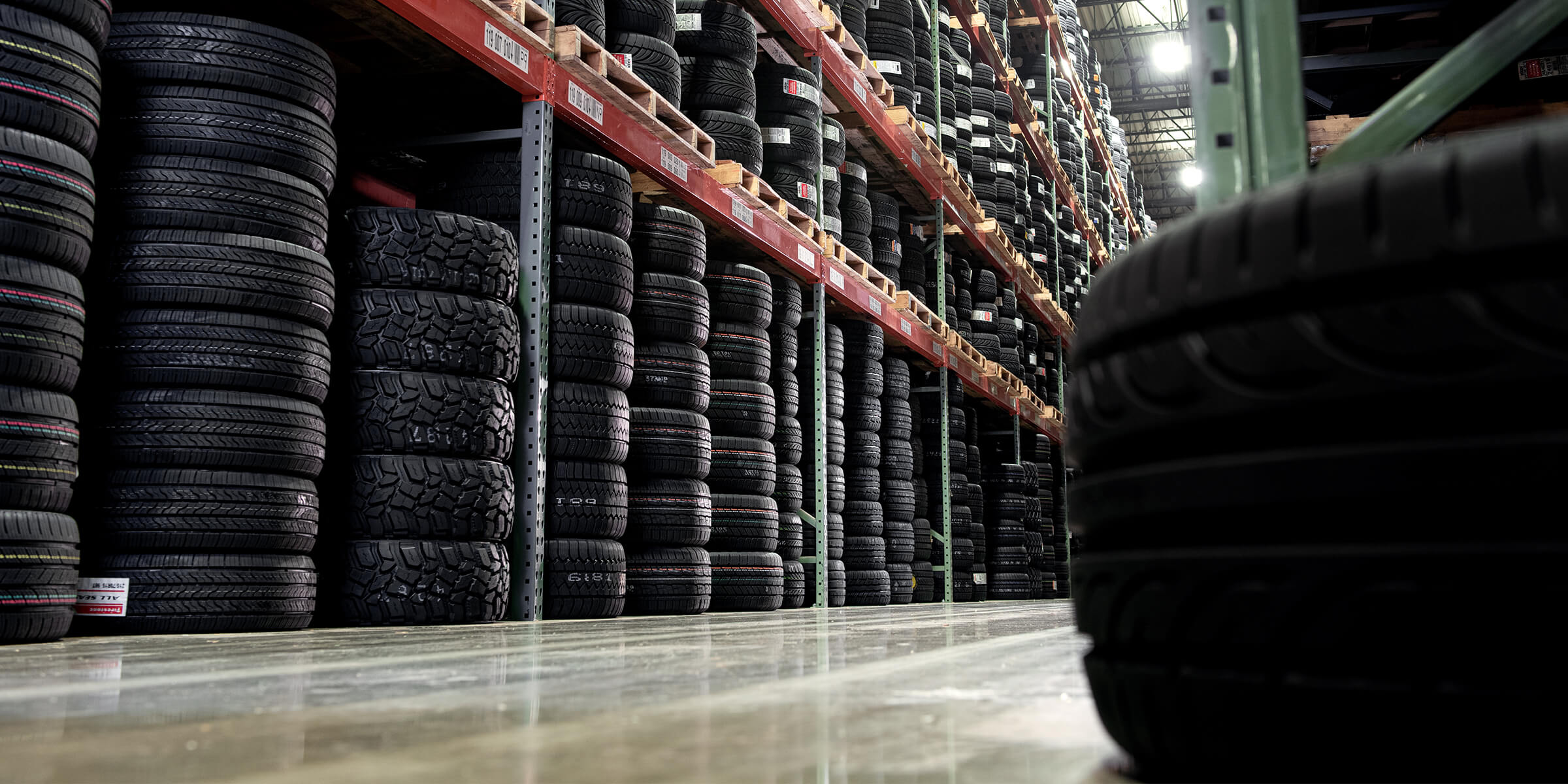Tire Solution: Understanding Tire Pressure Surveillance Equipments
Understanding Tire Pressure Surveillance Solutions (TPMS) is an important facet of maintaining optimum car efficiency and safety on the roadway. With developments in automotive innovation, TPMS has actually become a typical attribute in modern-day cars, supplying real-time details on tire pressure degrees.

Importance of TPMS
The value of Tire Pressure Monitoring Solutions (TPMS) hinges on their capacity to enhance vehicle safety and performance with real-time tracking of tire stress degrees. Maintaining the right tire pressure is vital for making sure ideal handling, stopping, and general safety and security of a vehicle. TPMS gives chauffeurs with instant feedback on any underinflated or overinflated tires, enabling timely changes to be made.
Elements of TPMS
Sensing units are commonly located in the tire valve stem or connected to the wheel assembly, where they determine tire pressure and transfer information to the control component. Some progressed TPMS versions additionally present the actual tire pressure readings for each tire, offering chauffeurs with real-time info to make sure optimal tire performance and safety and security. By keeping track of tire pressure continuously, TPMS aids prevent crashes, minimizes tire wear, and enhances fuel effectiveness, making it a critical part for lorry safety and security and efficiency. morris tire and alignment.
Kinds Of TPMS

On the other hand, indirect TPMS counts on the lorry's wheel rate sensors to check tire pressure. This system detects underinflation by contrasting the rotational rates of the wheels. Indirect TPMS is less pricey than straight TPMS, as it makes use of existing sensors within the lorry.
While direct TPMS offers more precise analyses, indirect TPMS is simpler in style and generally calls for less upkeep. Both systems have their advantages and restrictions, and the selection between them typically relies on elements such as expense, lorry make, and personal choice. Recognizing the differences between these 2 kinds of TPMS can aid lorry owners make informed choices concerning tire upkeep and safety.
TPMS Maintenance Tips
Conduct regular checks on the tire pressure degrees and compare them with the TPMS analyses to ensure they are constant. Throughout tire rotation or substitute, make sure that the TPMS parts are managed very carefully to stop any prospective damage. If the TPMS alerting see this website light brightens on the dashboard, deal with the issue without delay by inspecting the tire stress and the overall system for any mistakes.
Advantages of Correct Tire Stress
Maintaining appropriate tire stress, as highlighted in TPMS Upkeep Tips, is important for gaining the various advantages connected with ideal tire stress levels. One of the main advantages of keeping the correct tire pressure is boosted Read Full Report gas efficiency. When tires are correctly blown up, there is less rolling resistance, causing far better fuel economic climate. In addition, proper tire pressure makes sure also tire wear, expanding the lifespan of the tires and promoting safer driving conditions. With the best tire stress, lorries also have better handling and grip, specifically in adverse weather. This can enhance overall driving efficiency and safety for the chauffeur and travelers. Moreover, keeping ideal tire stress can add to a smoother and more comfortable ride by decreasing vibrations and noise brought on by underinflated tires. In conclusion, the benefits of proper tire pressure go past simply tire longevity; they encompass improved gas performance, improved security, better lorry efficiency, and total driving comfort. Extra resources
Conclusion
In verdict, recognizing tire pressure surveillance systems (TPMS) is vital for preserving optimal tire stress and guaranteeing lorry security. By identifying the relevance of TPMS, being familiar with its parts, knowing the various kinds offered, sticking to proper upkeep suggestions, and understanding the advantages of maintaining appropriate tire pressure, vehicle drivers can enhance their driving experience and extend the life-span of their tires. Proper tire stress is vital to risk-free and efficient vehicle operation.
